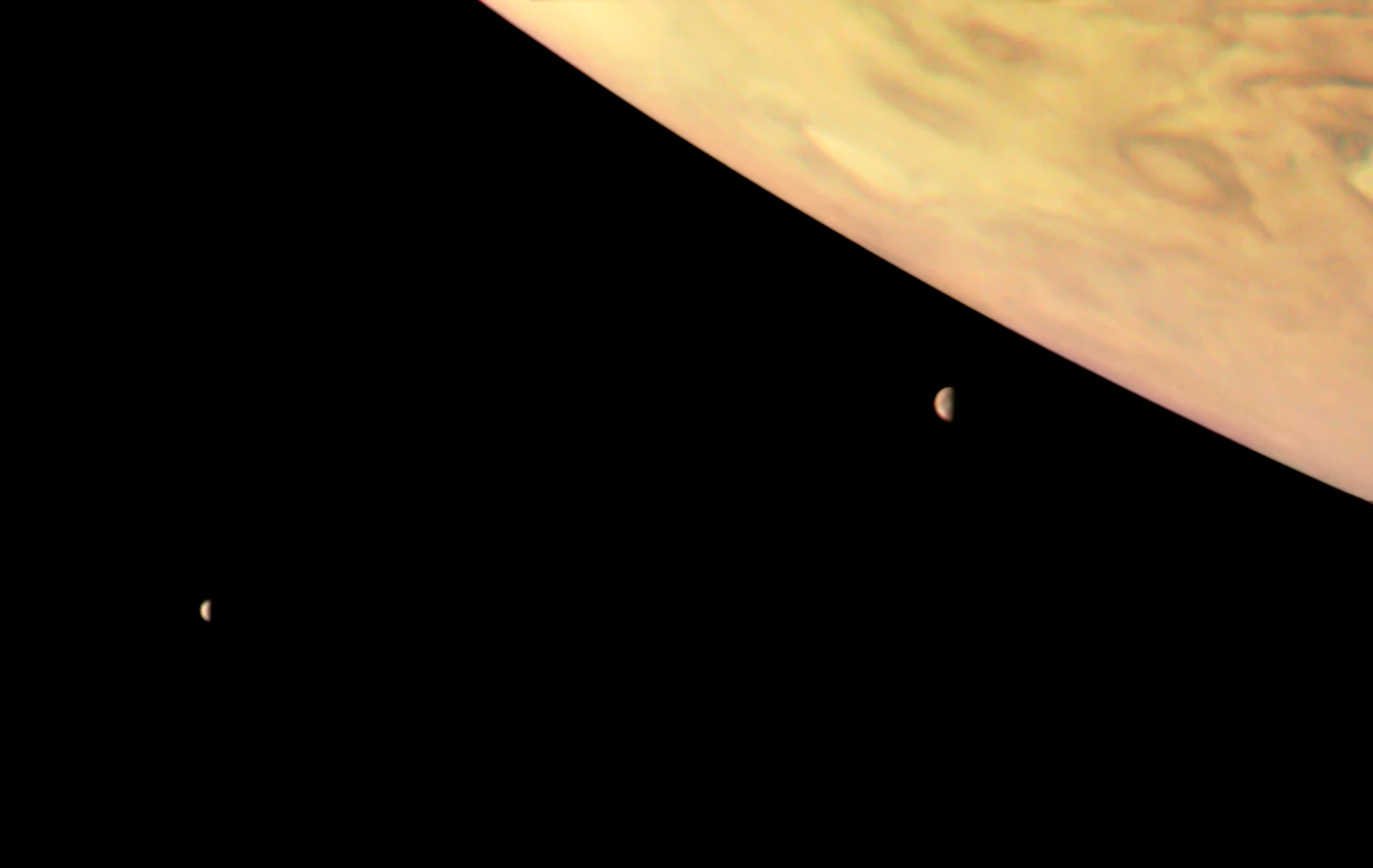
This is the 12th in our series ‘Australia in Space’ leading up to ASPI’s Building Australia’s Strategy for Space conference in June.
To make a case for a scientifically literate population in a country that has just announced the creation of its own space agency is about as necessary as convincing people we need reliable sources of food, water and electricity. Clearly, we need to have a steady flow of people with sufficient science, technology, engineering and mathematics (STEM) skills to support industry. The source of those STEM professionals? Our schools.
Many of us born in the 1960s, were inspired by a steady diet of Apollo space missions and (quality) science fiction, and so were naturally drawn into the sciences. These days, we need to remain technologically literate at all levels and in all occupations or face the consequences. It’s no longer only a personal choice but also a national imperative. We must inspire generations of scientists and engineers. The question is, how?
The key is to increase engagement between high schools and the STEM community. The importance of schools is often simply overlooked by scientists and engineers. While ‘outreach’ by universities and government facilities is exceptional, there needs to be long-term one-on-one engagement between professionals and (targeted) young students, giving those students opportunities to work on extended projects in science and engineering.
Science Mentors is one program that addresses that need. It partners individual students with STEM practitioners in academia, government and industry. Students are guided through six-month projects by a mentor in the student’s preferred branch of science. The student and mentor design and perform an experiment that culminates in a formal, referenced and refereed report on the student’s findings.
Students learn valuable skills, such as how to gather data and state their hypothesis and how to state in mathematical terms the theoretical underpinning of their projects as well as to reference their own data or a reliable source in everything they write. In short, they’re made accountable for their claims.
The program targets students from Year 9. If we wait until students are in Year 12, it’s usually too late. By Year 11, most students have decided on their university degree and have chosen the courses necessary to gain entry.
After 10 years of development, Science Mentors caters for fields ranging from genetics to geology, physics to pharmaceuticals, and even rocketry. Experiments are typically done at the student’s school, though in some cases students attend week-long sessions at a university or an industrial laboratory because their projects require specialised equipment. The program began at Melrose High School in Canberra, but it’s about to be rolled out across the Australian Capital Territory. Currently approximately 100 scientists and engineers from academia, government and industry support the program.
Until two years ago, one branch of science was missing: astronomy. Then, the best a student could expect was to be plonked in front of a computer to download someone else’s astronomical data for analysis. This was frustrating. So I designed an astronomical teaching facility, which was funded by Denis and Vee Saunders, and hosted by ANU’s Research School of Astronomy and Astrophysics.
As the project developed, others donated equipment, expertise and time. The result is the McNamara-Saunders Astronomical Teaching Telescope (MSATT), which currently caters for a dozen student projects.
MSATT’s design is an important example of the philosophy behind Science Mentors. During the design phase, people asked if the telescope would be automated so that the kids could use it from school. That made as much sense to me as asking students to learn to bushwalk using the internet. I wanted the kids under the stars, in the dark and cold, choosing, attaching and calibrating whatever instrument was needed to work with the telescope. I wanted them to own the data, a principle common to all Science Mentors projects.
The results have been terrific. Here’s one example: a 14‑year‑old Year 9 student measured one of nature’s fundamental constants. I remember the look on her face as she sat in front of the small whiteboard in MSATT’s dome looking at her final answer: 323 906 537.7 m s-1 (she was in Year 9, and we hadn’t covered significant figures yet.) That look was one of the most memorable expressions I’ve ever seen.
That number—her measurement of the speed of light—resulted from her observations of eclipses of Io, one of Jupiter’s moons, made over several months in 2017. It’s accurate to within about 8%.
She used the same data to calculate the mass of Jupiter, arriving at a result within 0.1% of the accepted value. That’s not bad for a 14‑year‑old who had never attempted such a thing before.
MSATT students are now learning lunar, planetary and deep sky imaging, photometry, spectroscopy and visual observation methods such as those used to determine the speed of light. There’s so very much more that can still be done, however. MSATT is one telescope: we need more facilities like it, including some for radio astronomy. We have the dreams; now we need commitment.
Science Mentors isn’t original. It’s based on the age-old apprenticeship model—which is simple, inexpensive and highly effective. It shows kids that STEM is hard work, yes, but also rewarding, substantial and fun.
That is critical because if we don’t nurture and inspire students today, we won’t have anyone to employ in our new space industry tomorrow.
And what of the young girl who calculated the speed of light by looking skyward? Not content with finding one of nature’s fundamental constants, she’s now learning planetary imaging in preparation for the 2018 opposition of Mars, an event that presents a fantastic opportunity to study the atmospheric and surface ice behaviour of the planet over four months. Who knows, one day she might even go there.

